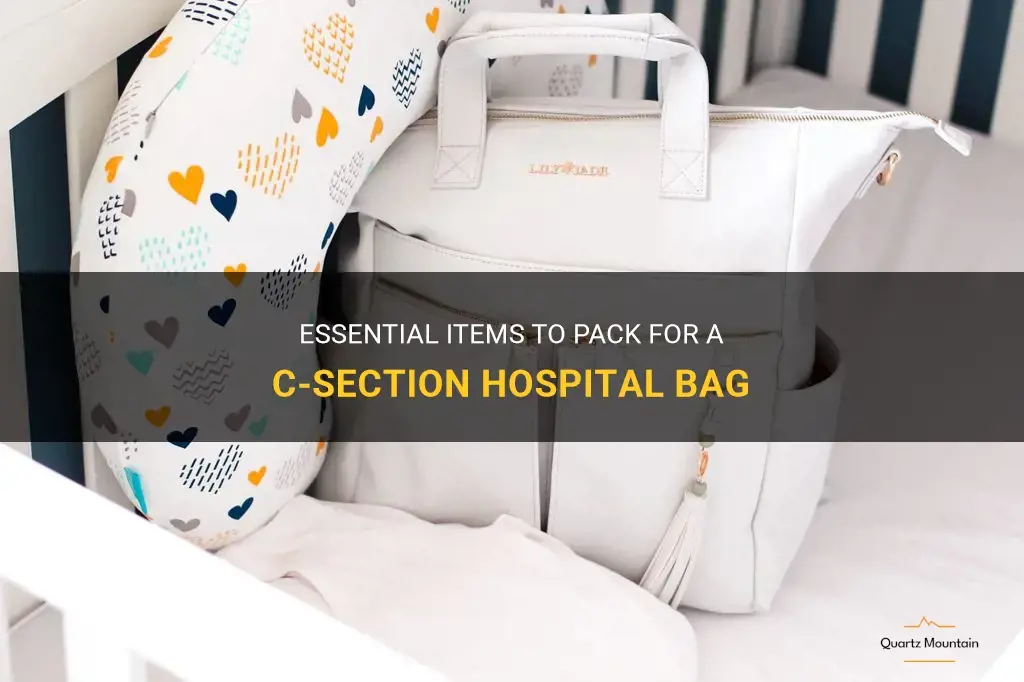
Preparing for a C-section can be an exciting yet nerve-wracking experience for expectant mothers. One important aspect of this preparation is ensuring that your hospital bag is packed with all the essential items you will need. From comfortable clothing to post-surgery necessities, having everything in order can make the recovery process much smoother. In this article, we will explore a comprehensive list of essential items to pack for a C-section hospital bag, so you can feel prepared and confident on your big day.
What You'll Learn
- What specific items should be packed in a hospital bag for a c-section delivery?
- Are there any important documents or paperwork that should be included in the hospital bag for a c-section?
- Are there any specific clothing or comfort items that are recommended for a c-section delivery?
- Are there any items that should be packed for the baby in the hospital bag for a c-section delivery?
- Are there any additional items or supplies that are important to pack for a c-section delivery that may not be obvious?

What specific items should be packed in a hospital bag for a c-section delivery?
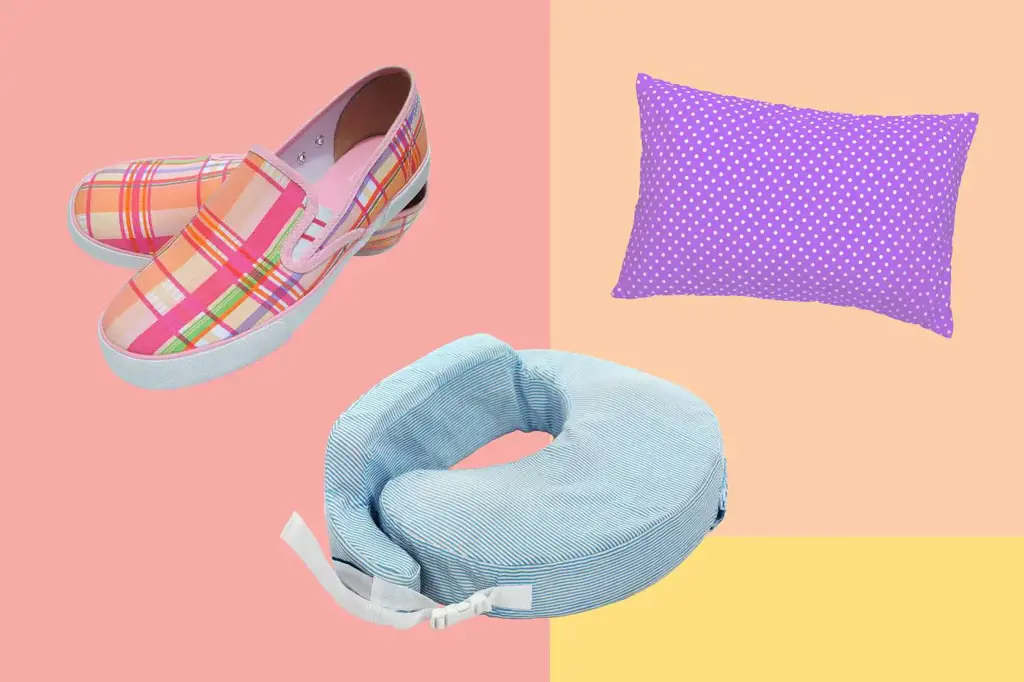
Packing a hospital bag for a c-section delivery is an important part of preparing for the arrival of your baby. While many of the items you will need are similar to those for a vaginal delivery, there are a few specific items that will help make your c-section recovery more comfortable. In this article, we will discuss what specific items should be packed in a hospital bag for a c-section delivery.
- Comfortable Clothing: After a c-section, you will want to wear loose-fitting, comfortable clothing. Pack a few sets of loose, cotton pajamas or nightgowns that are easy to put on and take off. Avoid clothing with tight waistbands or anything that may put pressure on your incision site.
- High-waisted Underwear: It is recommended to pack high-waisted, breathable underwear that is soft and comfortable. This will help avoid any rubbing or irritation on your incision. Disposable mesh underwear provided by the hospital can also be a good option.
- Comfy Slippers or Slip-On Shoes: Walking after a c-section is encouraged to promote healing and prevent blood clots. Pack a pair of comfortable slippers or slip-on shoes that are easy to put on and take off. Avoid shoes with laces or tight straps that may require bending over.
- Nursing Bras and Breast Pads: If you plan on breastfeeding, pack a few nursing bras and breast pads to keep you comfortable and dry. Look for bras that are comfortable and easy to open for breastfeeding.
- Toiletries: Bring your own toiletries, including a toothbrush, toothpaste, shampoo, conditioner, and any other personal hygiene items you may need. Hospitals usually provide some basic toiletries, but having your own can make you feel more comfortable.
- Maternity Pads: After a c-section, you will experience bleeding. Pack a few packs of maternity pads that are designed to absorb the heavy flow that occurs postpartum. These pads are longer and more absorbent than regular pads.
- Pillow and Blanket: Hospitals provide pillows and blankets, but having your own can make you more comfortable. Bring your own pillow and a cozy blanket to help make your stay more pleasant.
- Entertainment: During your hospital stay, you may have some downtime. Pack a book, magazine, or any other form of entertainment that you enjoy to help pass the time.
- Snacks: While hospitals provide meals, you may want to have some snacks on hand for those late-night hunger pangs or if you don't like the hospital food. Pack some non-perishable snacks like granola bars, nuts, or dried fruit to keep you nourished.
- Baby Essentials: Don't forget to pack essential items for your baby, including baby clothes, diapers, wipes, and a going-home outfit.
Remember to pack your hospital bag a few weeks before your due date. This will ensure that you have everything you need and reduce any last-minute stress. It's also a good idea to check with your hospital or healthcare provider to see if there are any specific items they recommend for a c-section delivery. By being well-prepared, you can focus on the arrival of your baby and your recovery after the c-section.
Essential Items to Pack for a Memorable European Ski Trip
You may want to see also

Are there any important documents or paperwork that should be included in the hospital bag for a c-section?
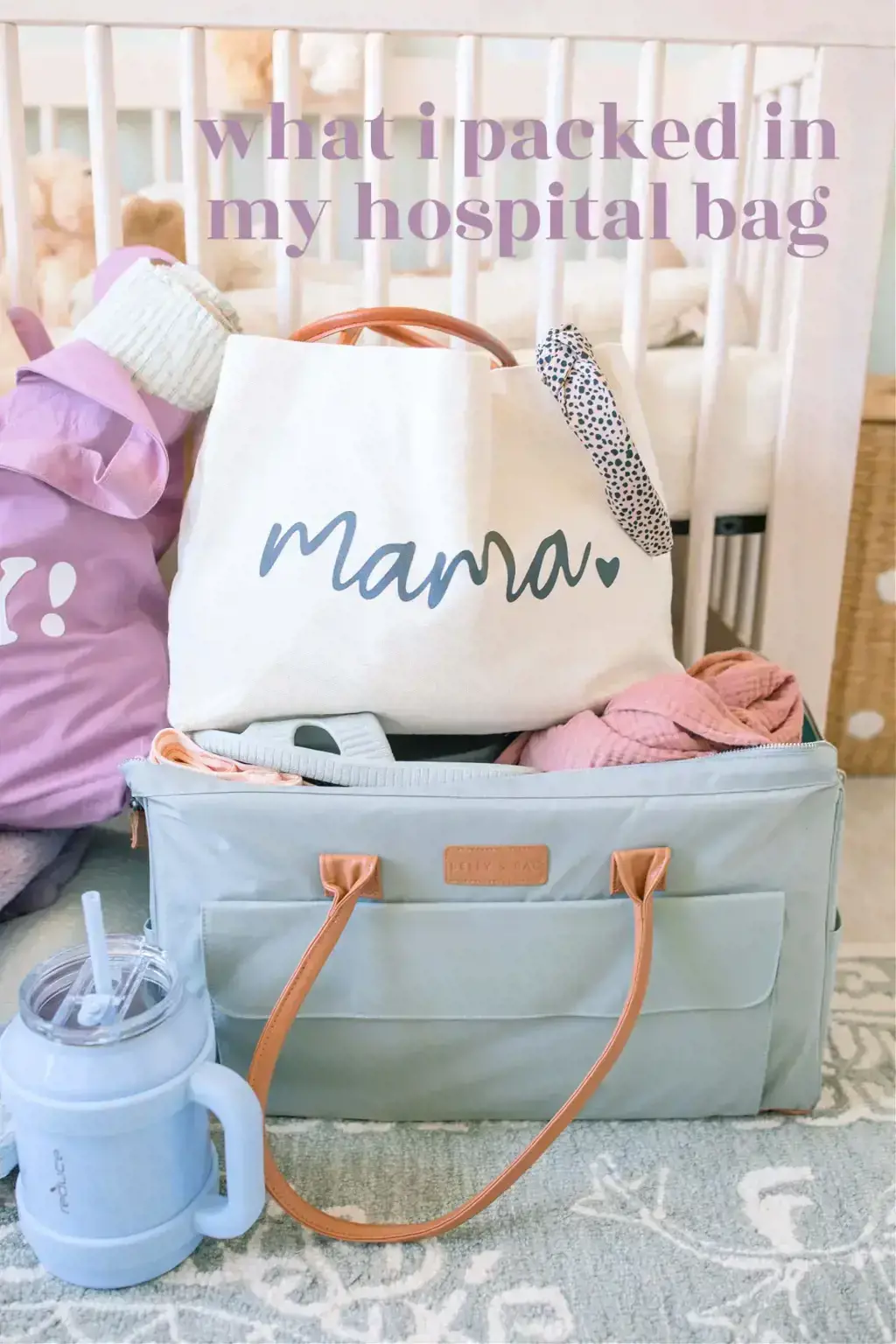
When preparing for a c-section, there are several important documents and paperwork that you should include in your hospital bag. These documents are essential for ensuring a smooth and efficient hospital stay and the proper care of you and your baby. Here are the important documents and paperwork you should include:
- Identification and Insurance Cards: It is crucial to have your identification card, such as driver's license or passport, and insurance cards readily available. These documents will be required for admission and registration purposes. Ensure that your insurance information is up to date to avoid any billing issues.
- Birth Plan and Medical Records: If you have a birth plan, make sure to bring a copy with you to the hospital. Although a c-section may not necessarily align with your birth plan, it will still give the medical team insight into your preferences. Additionally, bring any medical records or test results related to your pregnancy, as they provide valuable information to the healthcare professionals.
- Consent Forms: Most hospitals require patients to sign consent forms before undergoing any surgical procedure, including a c-section. These forms outline the risks, benefits, and alternatives of the procedure and indicate your agreement to proceed. Review the forms beforehand and discuss any concerns or questions with your healthcare provider.
- Contact Information: Include a list of emergency contact numbers, including your partner or support person, family members, and your healthcare provider. It is also helpful to have the contact information for any postpartum support services or lactation consultants you may require after the surgery.
- Medical Power of Attorney: A medical power of attorney grants someone the authority to make medical decisions on your behalf if you are unable to do so. While it is not strictly necessary for a c-section, it is a good idea to have one in case any unforeseen circumstances arise.
- Pediatrician Information: Have the contact information for your chosen pediatrician readily available in case the hospital requires it or if your baby needs immediate care. This information will ensure that your baby receives the necessary medical attention after the c-section.
- Prescription Medications: If you are currently taking any prescription medications, bring a list of them with the dosages and frequencies. This will assist the healthcare team in providing appropriate care and ensure that your medication needs are adequately met during and after the c-section.
- Pre-registration Forms: Some hospitals offer a pre-registration process, which allows you to complete necessary paperwork ahead of time. If you have completed pre-registration forms, make sure to bring copies with you to the hospital for a smoother check-in process.
Additionally, it is essential to remember that every hospital may have its own specific requirements and procedures, so it is a good idea to confirm with your healthcare provider or the hospital's maternity ward about any additional paperwork or documentation that they may need.
By including these important documents and paperwork in your hospital bag, you can ensure a more streamlined and stress-free experience during your c-section. Proper preparation will also help the healthcare team in providing the best care for you and your baby.
Essential Items to Pack for Camping in Florida
You may want to see also

Are there any specific clothing or comfort items that are recommended for a c-section delivery?
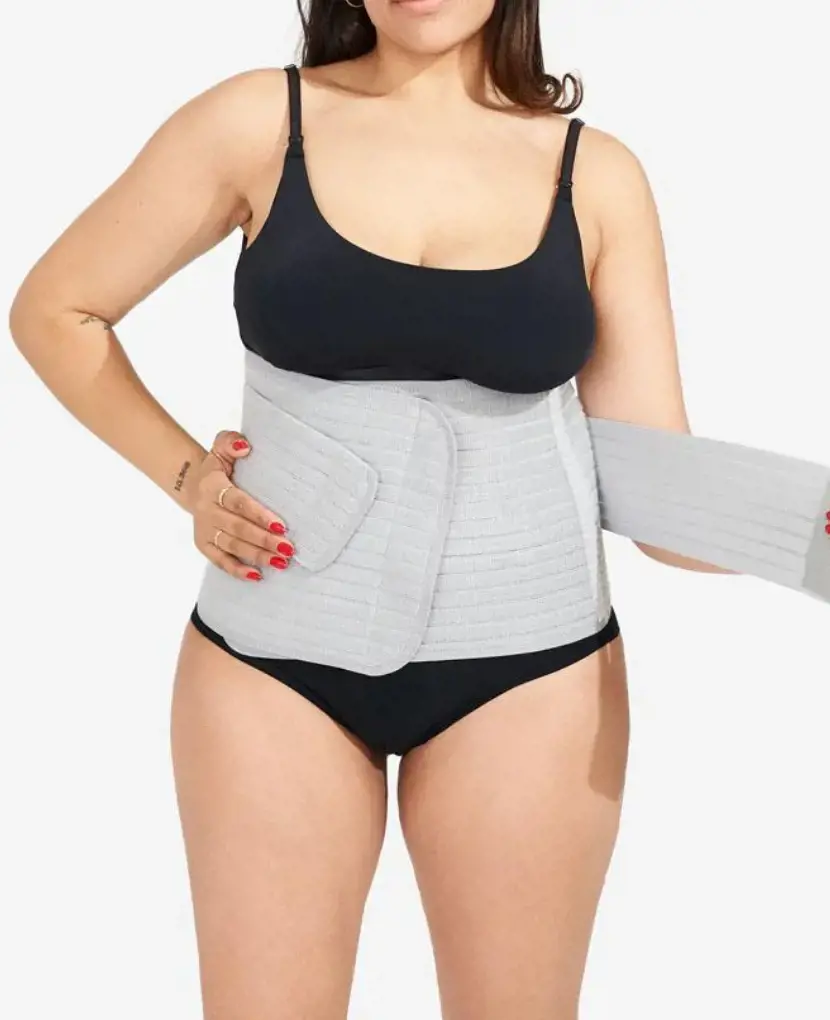
Cesarean section (c-section) delivery is a common surgical procedure used to deliver a baby when a vaginal birth is not possible or safe. While the procedure is generally safe, it can be physically demanding and require a longer recovery time compared to a vaginal birth. As a result, there are some specific clothing and comfort items that can help ease the recovery process for women who undergo a c-section delivery.
- Loose-fitting, comfortable clothing: After a c-section, it is important to wear loose-fitting clothing that does not put pressure on the incision site. High-waisted pants or skirts can irritate the incision, so it is best to avoid them in the initial days or weeks following the surgery. Instead, opt for loose dresses or elastic-waist pants that provide comfort and allow the incision to heal without unnecessary pressure.
- Compression underwear or belly bands: Some women find that wearing compression underwear or belly bands after a c-section can help provide support and alleviate discomfort. These garments can help reduce swelling and provide gentle compression to the abdominal area. However, it is important to consult with your healthcare provider before using any compression wear to ensure it is appropriate for your specific situation.
- Nursing bras and breastfeeding-friendly clothing: If you plan on breastfeeding, it can be helpful to invest in nursing bras and breastfeeding-friendly clothing. These items are designed to provide easy access for breastfeeding while offering support and comfort. Nursing bras with front closures or clips can make breastfeeding more convenient, especially in the early postpartum period when frequent nursing sessions are common.
- Maternity pads or disposable underwear: After a c-section, it is normal to experience some vaginal bleeding as the uterus sheds its lining. To manage this bleeding, it is advisable to use maternity pads or disposable underwear that can absorb the flow. These items are designed to be absorbent and provide a hygienic solution during the postpartum period.
- Comfortable footwear: While it may seem unrelated, wearing comfortable footwear can make a significant difference in your daily activities after a c-section. It is important to choose shoes that provide support and cushioning, as walking may be uncomfortable in the initial days after the surgery. Opt for shoes with a wide toe box and good arch support to prevent any additional strain on your body.
In addition to the specific clothing and comfort items mentioned above, it is important to prioritize rest and self-care after a c-section. Ensure you have a comfortable place to sleep, such as a supportive mattress or a pregnancy pillow for added comfort. Make sure to have a stock of essential items, such as pain medications, sanitary pads, and any necessary medical supplies, so you can focus on your recovery without unnecessary stress.
Remember to consult with your healthcare provider for personalized recommendations based on your unique situation. Every woman's recovery is different, and they may have specific recommendations or restrictions based on your individual needs.
In conclusion, wearing loose-fitting clothing, using compression wear or belly bands, investing in nursing bras and breastfeeding-friendly clothing, using maternity pads or disposable underwear, and wearing comfortable footwear can all help provide comfort and support during the recovery process after a c-section delivery. Prioritizing rest and self-care is equally important for a smooth recovery.
Determining the Size of Your Osprey Pack: A Guide for Outdoor Enthusiasts
You may want to see also

Are there any items that should be packed for the baby in the hospital bag for a c-section delivery?
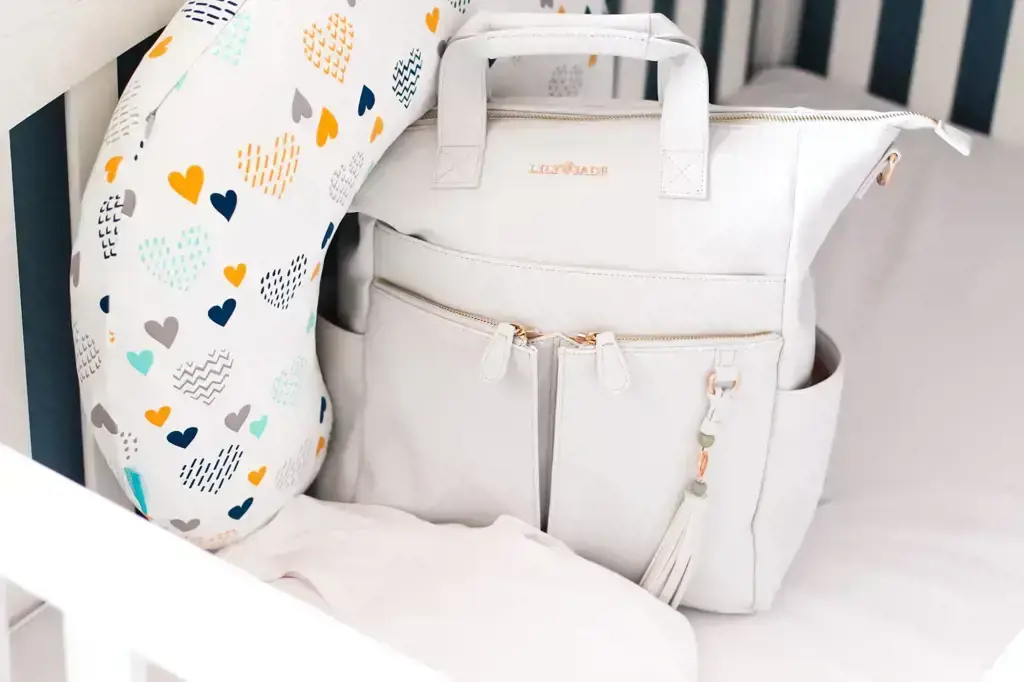
When preparing for a c-section delivery, it is important to pack a hospital bag that includes all the necessary items for both the mother and the baby. While some items may be similar to what you would pack for a vaginal delivery, there are a few additional items that are specific to a c-section delivery.
Here are some items that should be packed for the baby in the hospital bag for a c-section delivery:
- Baby clothes: Pack a few sets of clothes for the baby, including onesies, sleepers, and socks. It is recommended to pack clothes that are easy to put on and take off, as it may be difficult to dress the baby in the immediate post-operative period.
- Swaddle blankets: Swaddle blankets are essential for keeping the baby warm and comfortable. They also help to mimic the feeling of being in the womb, which can be comforting for the baby.
- Diapers and wipes: It is important to pack enough diapers and wipes for the duration of the hospital stay. Newborns typically go through several diapers a day, so it is better to pack more than you think you will need.
- Pacifiers: Some babies find comfort in using a pacifier. If you plan to use one, it is a good idea to pack a few in your hospital bag.
- Nursing supplies: If you plan to breastfeed, it is important to have the necessary supplies with you. This may include nursing bras, breast pads, and nipple cream.
- Car seat: One item that is often overlooked but is extremely important is a car seat. This is required by law to ensure the safe transportation of the baby from the hospital to home.
These are just a few of the essential items that should be packed for the baby in the hospital bag for a c-section delivery. It is important to remember that every baby is different, so you may need to adjust the items based on your baby's individual needs. It is always a good idea to consult with your healthcare provider or a lactation consultant for specific recommendations.
Essential Items to Pack for a Trip to Switzerland in October
You may want to see also

Are there any additional items or supplies that are important to pack for a c-section delivery that may not be obvious?
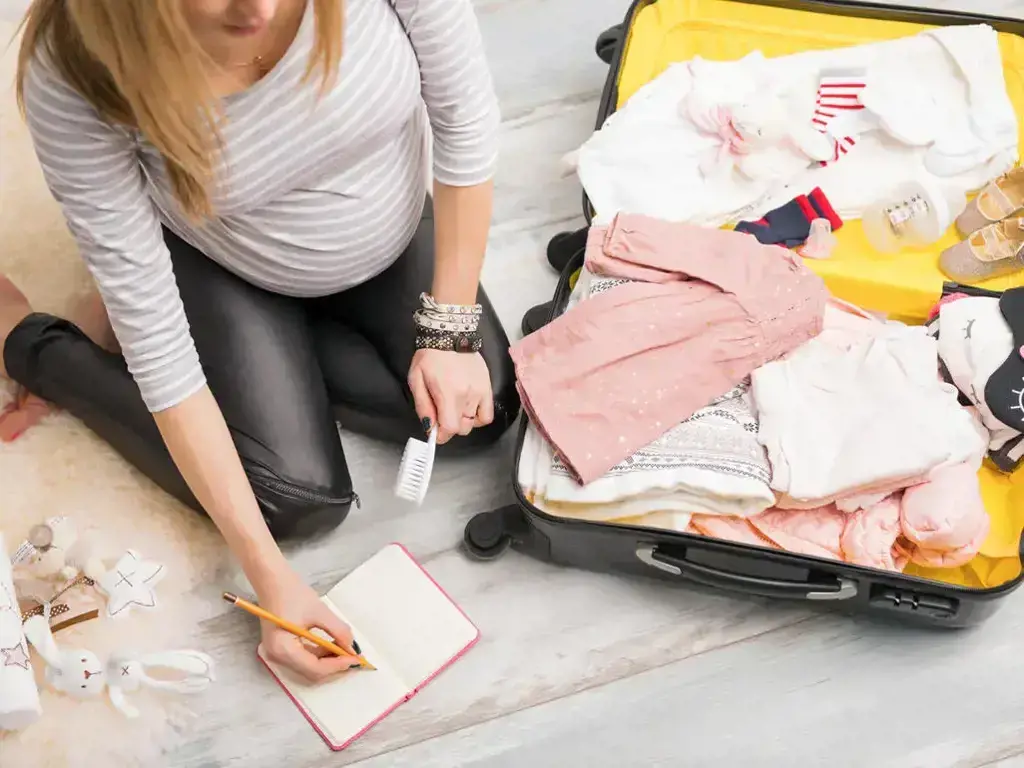
When preparing for a c-section delivery, it's important to pack items that will help make your recovery process as smooth and comfortable as possible. While the basics like clothing, toiletries, and baby supplies are essential, there are a few additional items that may not be obvious but are important to have on hand. In this article, we will discuss some of these key items that can help ensure a successful c-section delivery and recovery.
- Abdominal Binder: An abdominal binder is a supportive garment that wraps around your midsection after a c-section. It provides gentle compression and support to the incision area, helping to reduce pain and promote healing. An abdominal binder can also provide support for your core muscles, which may have been weakened during pregnancy.
- Gas Relief Medication: After a c-section, it is common to experience gas pain as a side effect of the surgery. This can be quite uncomfortable, especially if you have incisions on your abdomen. Having an over-the-counter gas relief medication, such as simethicone, can help alleviate this discomfort and make your recovery more comfortable.
- Comfortable Clothing: While it's important to pack comfortable clothing for your hospital stay, it's also crucial to consider the type of clothing that will be most comfortable for your post-operative recovery. Opt for loose-fitting and comfortable clothing that won't irritate your incisions. High-waisted pants or skirts can be particularly helpful as they won't put pressure on the incision area.
- Nursing Supplies: If you plan to breastfeed your baby, it's important to have nursing supplies on hand, such as nursing bras and breast pads. It can be helpful to pack a nursing pillow as well, as it can provide support and comfort during breastfeeding sessions.
- Stool Softeners: Constipation is common after a c-section, as the medications used during surgery can slow down bowel movements. Pack a stool softener to help prevent and alleviate constipation. It's essential to consult with your healthcare provider before taking any over-the-counter medication, including stool softeners.
- Entertainment: While recovering from a c-section, you may spend a significant amount of time in the hospital. Packing some form of entertainment, such as books, magazines, or a tablet, can help pass the time and keep you occupied during your recovery.
- Extra Pillows: Hospital pillows may not always provide the comfort and support you need, so bringing a few extra pillows from home can make a big difference in your comfort level. Pillows can be used to support your back, under your legs, or to help find a comfortable position while breastfeeding.
- Snacks: Having some healthy snacks on hand can be beneficial during your hospital stay and recovery. After a c-section, you may be on a restricted diet or have limited access to food options. Packing some nutritious snacks can help keep you energized and satisfied.
- Postpartum Care Supplies: In addition to the hospital-provided perineal care items, consider packing extra supplies such as perineal spray or witch hazel pads to provide soothing relief and aid in healing.
- Camera or Phone Charger: Don't forget to pack a camera or phone charger to capture precious moments with your new baby. It's easy to forget about these items in the rush of preparing for a c-section, but you'll want to ensure you have the means to document those special first moments.
Remember, every woman's experience and recovery after a c-section is different. It's always a good idea to consult with your healthcare provider for personalized recommendations on what to pack for your specific needs. By having these additional items and supplies on hand, you can help make your c-section delivery and recovery as comfortable and smooth as possible.
Essential Items to Pack for Close-up Photography Opportunities
You may want to see also
Frequently asked questions
When packing your hospital bag for a C-section, it is important to include items that will help with your recovery and comfort. Some essential items to pack include loose-fitting clothing, such as maternity or yoga pants, nursing bras, and comfortable underwear. You should also pack toiletries, such as a toothbrush, toothpaste, shampoo, and conditioner. It is also helpful to bring items that will help you relax, such as a robe, slippers, and a few favorite books or magazines.
While most hospitals will provide basic toiletries, it is often more comforting to have your own familiar products with you. Packing your own toothbrush, toothpaste, shampoo, conditioner, and any other personal care items can help you feel more at ease during your hospital stay. It is also a good idea to pack any specific skincare products or makeup that you might like to use.
Yes, it is recommended to bring nursing bras with you to the hospital for a C-section. Even if you are not planning to breastfeed, nursing bras provide comfort and support for your breasts, which can be sore and sensitive after surgery. They also make it easier for you to breastfeed if you decide to do so.
When packing clothing for a C-section, it is best to choose loose-fitting and comfortable options. Maternity or yoga pants are a popular choice, as they offer flexibility and an adjustable waistband. You should also pack loose-fitting tops or nursing tank tops, as well as a robe or cardigan for added warmth and coverage. It is important to choose clothing that is easy to put on and take off, as mobility may be limited immediately after surgery.
In addition to the essential items mentioned earlier, there are a few additional things you may want to include in your hospital bag. Some useful items to pack for a C-section include nipple cream, breastfeeding pads, a nursing pillow, and a few pairs of comfortable underwear. You may also want to pack a going-home outfit for yourself and your baby, including baby clothes, blankets, and a car seat. It is also a good idea to bring your own pillow and blanket from home for added comfort and familiarity.







